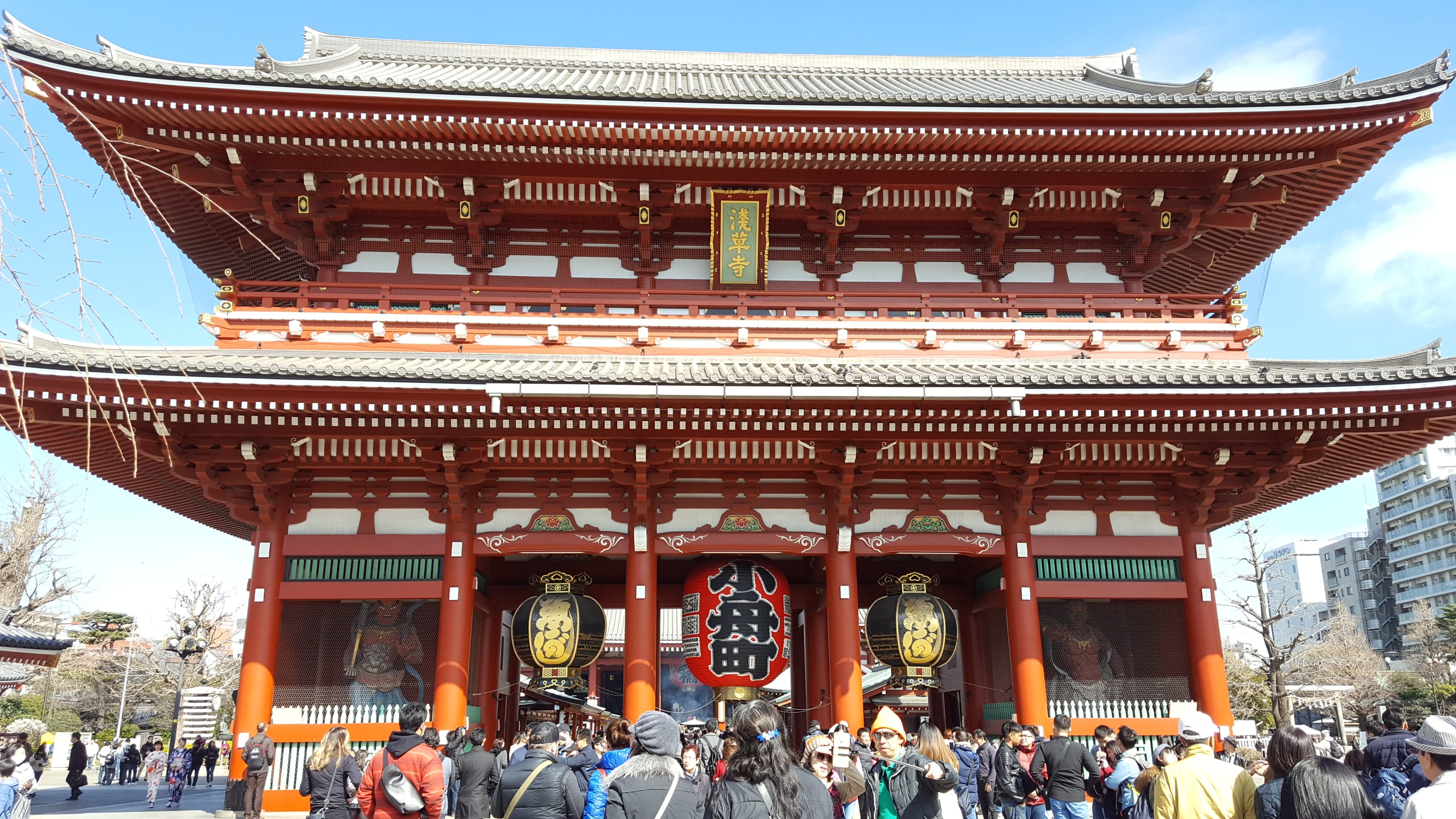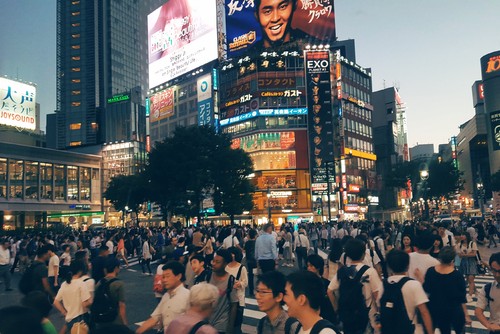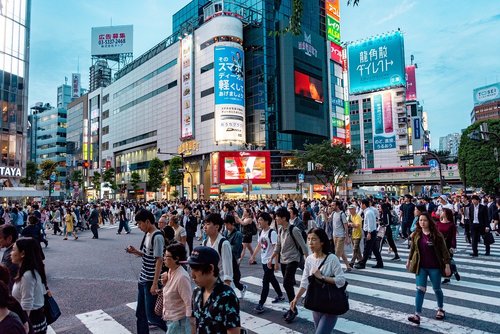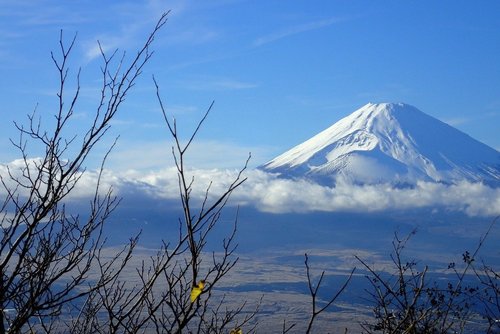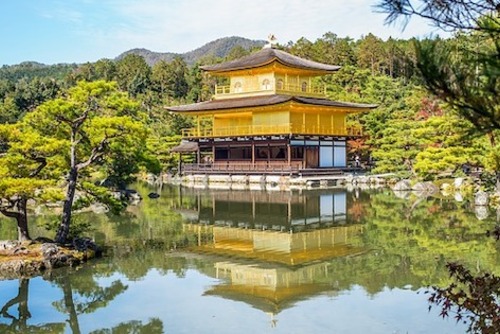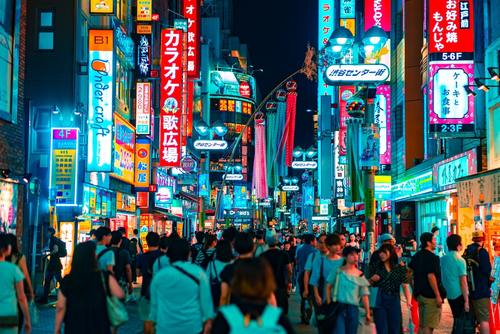Growing up in the Midwestern US, Asian culture was not only foreign, but completely unfamiliar. However, while researching Japan and Japanese etiquette, I found myself a little skeptical of all the advice.
In the 21st century, I still couldn’t blow my nose in public? I decided to see for myself if all of this was true.
Below I’ve listed items I encountered or confirmed while I was in Tokyo. I hope that this article will help ease your explorations, coming from one traveler to another.
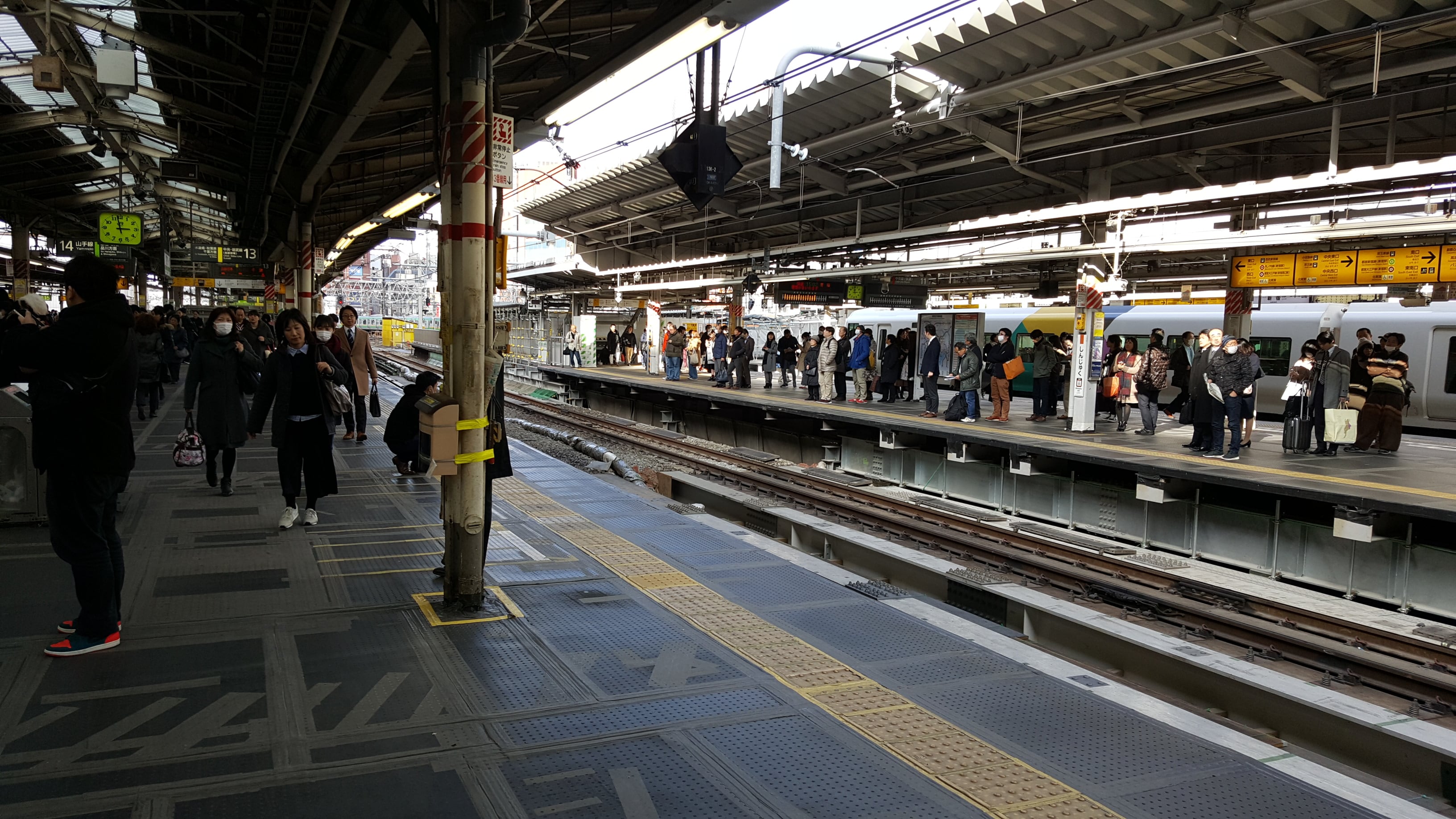
1. On the street and getting around
- There are 2 train lines to get around town, the JR and subway. Check the station, the destination and the map prior to entrance, as the stations get very crowded.
- The subway lines are surprisingly quiet and clean. Talking is not forbidden, but everyone is respectful of others.
- Homeless people are really a rare sight.
- There were several signs that smoking on the streets is prohibited and would result in a hefty fine. There were designated smoking areas, even on the streets, usually outside of the subways.
- There are very few public trash cans.
- A good walking map was handy, as the roads can be confusing.
- Benches for sitting and resting are not common.
2. Food and drink
- Prices are high but there are lots of ways to travel cheaply in Japan. Almost every corner in Tokyo has a vending machine with soda, tea and coffee. Most have both hot and cold drinks, indicated by a red or blue writing or light.
- Cantaloupe flavors could be found in kit kats, pocky, truffles, chocolates, and soda. It was a very sweet and creamy flavor.
- Cold coffee is very popular and comes in all varieties (e.g. lattes, espressos, with sugar, etc). Tea is also available; it is premixed with milk and sugar and called “milk tea.”
- Birū, or beer in Japanese, was available everywhere, including some vending machines. A whiskey/soda combination was also available on tap in some restaurants, or in a can in some vending machines.
- Restaurants close in the afternoon between lunch and dinner.
- Restaurants get full quickly and evening meals are not rushed, so there is little turnover.
- Many restaurants have Japanese menus only. The google translate app worked well, but phone service or wifi is needed to use the picture function.
- Contrary to dinner, people do not linger over lunch, and singles are often seated at the same table with strangers.
- Eating and walking is discouraged (signs say prohibited). A few do, but most people respect the restriction.
- All the tips on chopstick etiquette is true. Don’t rub them together to remove splinters, suck on them, hover them over the serving dish, pierce food with the end, swirl them in soup, or stand them upright in rice.
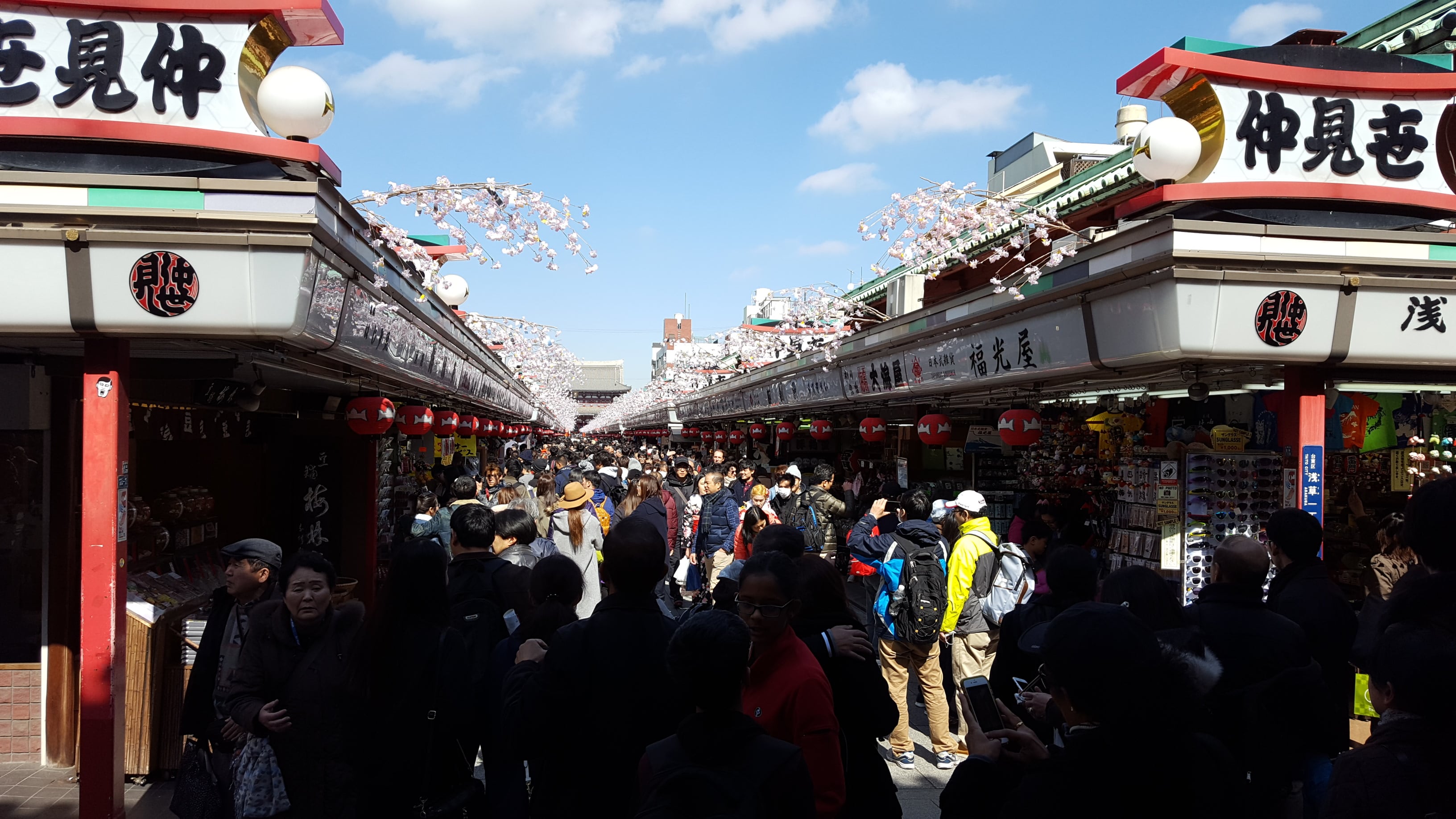
3. Lifestyle
- The Japanese are eager to help and are very kind. If they can’t understand, they will get someone who can, or someone to help them mime out what they need.
- The Japanese love to collect stamps (inked rubber stamps) and unique stamps are nearly everywhere including temples, subway stations and the airport. This is not just a hobby for children but for all ages and genders.
- Bowing was very common and a sign of respect, usually used when saying hello, thank you, good bye and excuse me.
- Power adapters were not needed in Japan. Japan has 100V and 50/60 Hz versus United States 120V and 60Hz, meaning the US power chargers function in Japan.
- The removal of shoes is an important cultural tradition, and is either clearly marked or is prompted from other people’s shoes. Slippers are provided if needed.
- There is no apparent dress-code in the city. People are comfortable in anything from business suits, Lolita, Goth, outdoor, casual, dressy or any other style clothes.
- There are many public bathrooms all over the city for free and are fairly clean. The bathrooms in parks sometimes don’t have toilet paper or soap and are squat-style toilets.
4. Money
- Japan is still largely a cash economy. There are some places that accept credit cards, but cash is always accepted.
- Use both hands when accepting money and put money in the tray on the counter when paying.
- The tip is usually included in the bill as a service charge. Tipping is uncommon and unexpected.
5. Onsens
- Scattered throughout Japan, onsens are natural hot spring waters used for bathing, relaxation and health benefits, through the absorption of essential minerals. Onsens are silent places, meant for relaxation. There are several types of onsens available, but they are generally gender segregated and nude.
- Tattoos are not allowed in onsens, but some places will let you use a bandage to cover them. Ask beforehand.
- Cleaning yourself before entering the onsen and when exiting the onsen is supposed to be very rigorous and can take 20 minutes.
- Don’t let any fabric or your hair touch the water.
- To prevent dripping in the locker room, leave a big towel in the locker and take a small towel in the onsen, either placing it on shelves in the onsen, or balance it on one’s head.
I hope these things are helpful and make any trip to Japan a hit.
By Kristi Murphy
Related Pages

